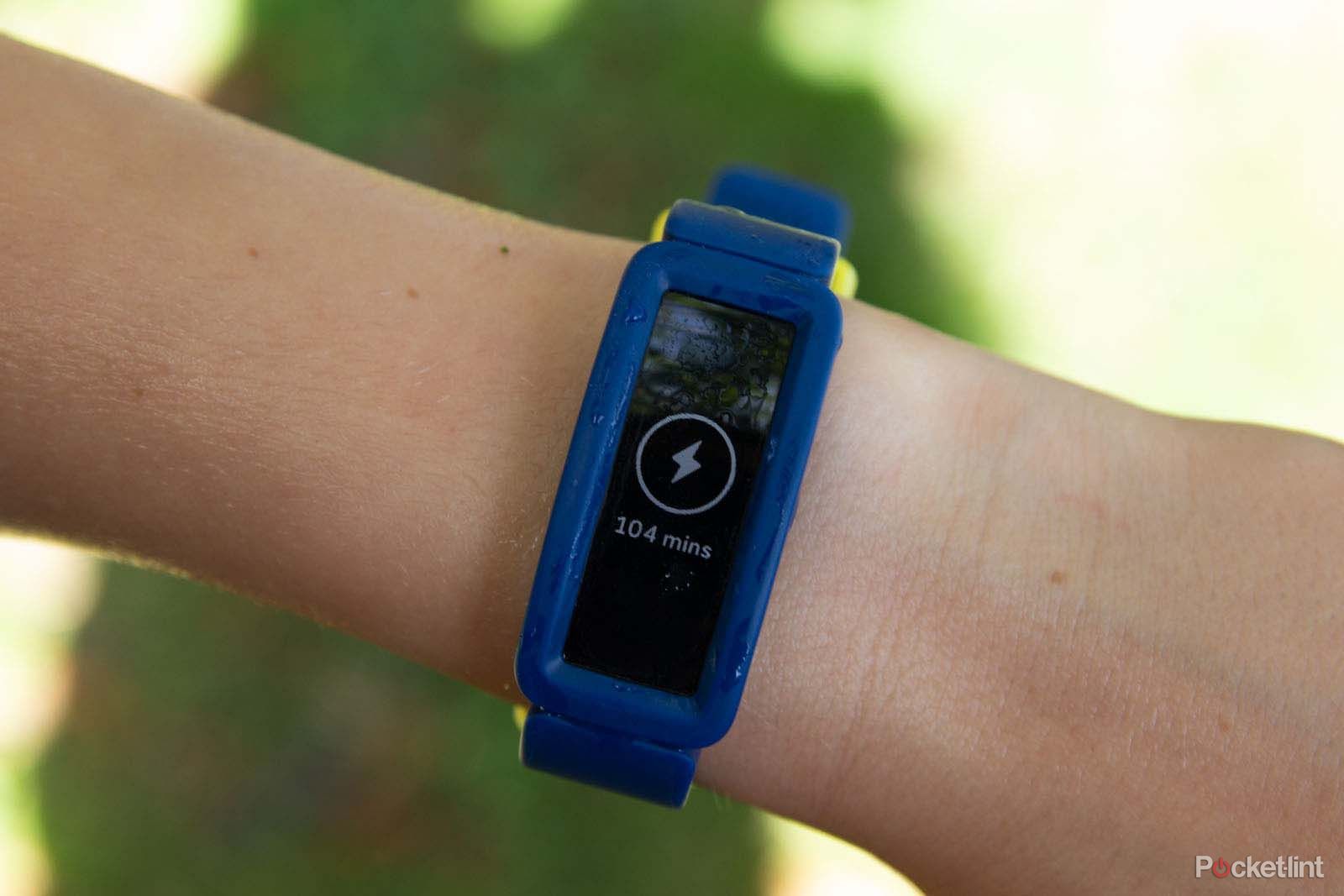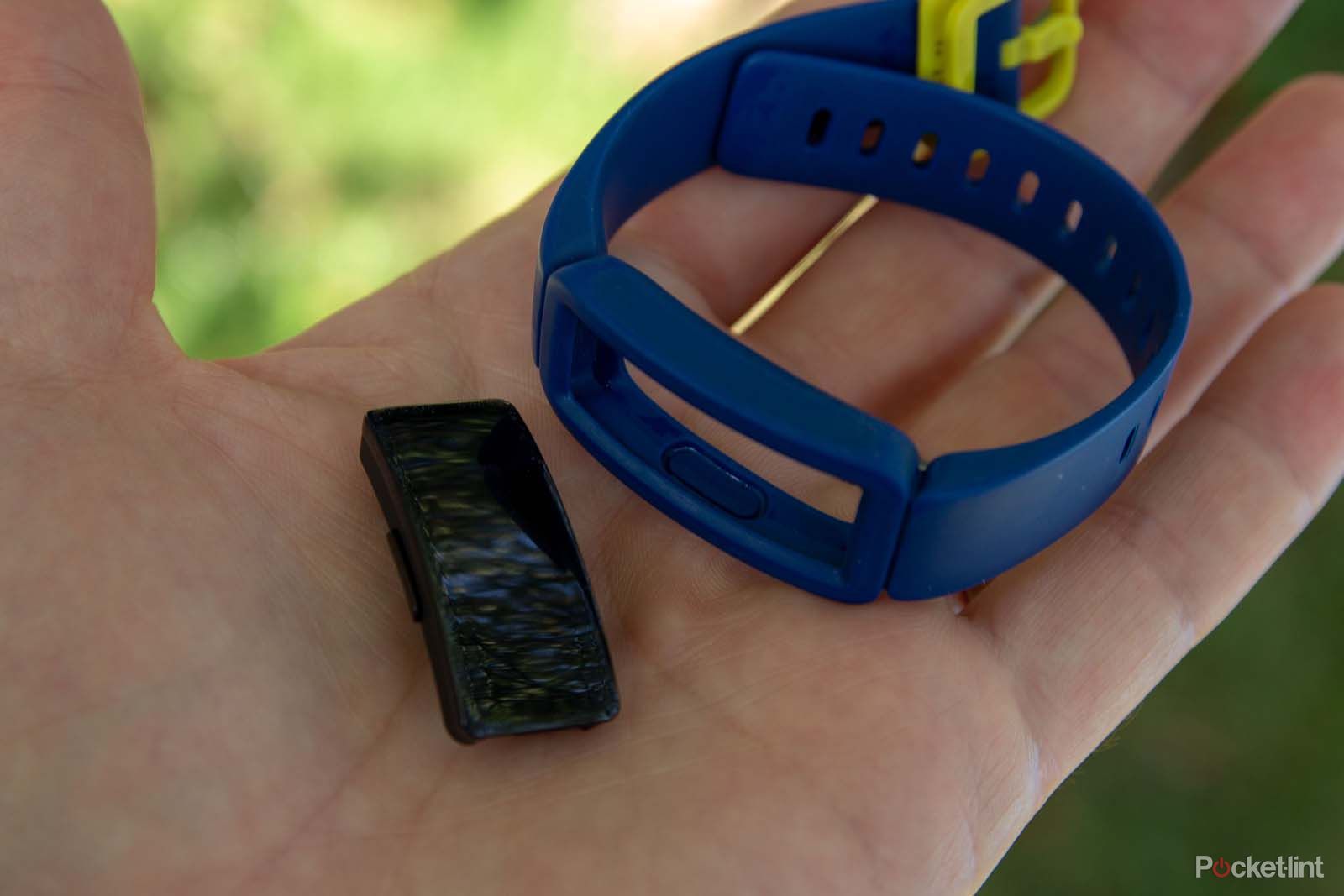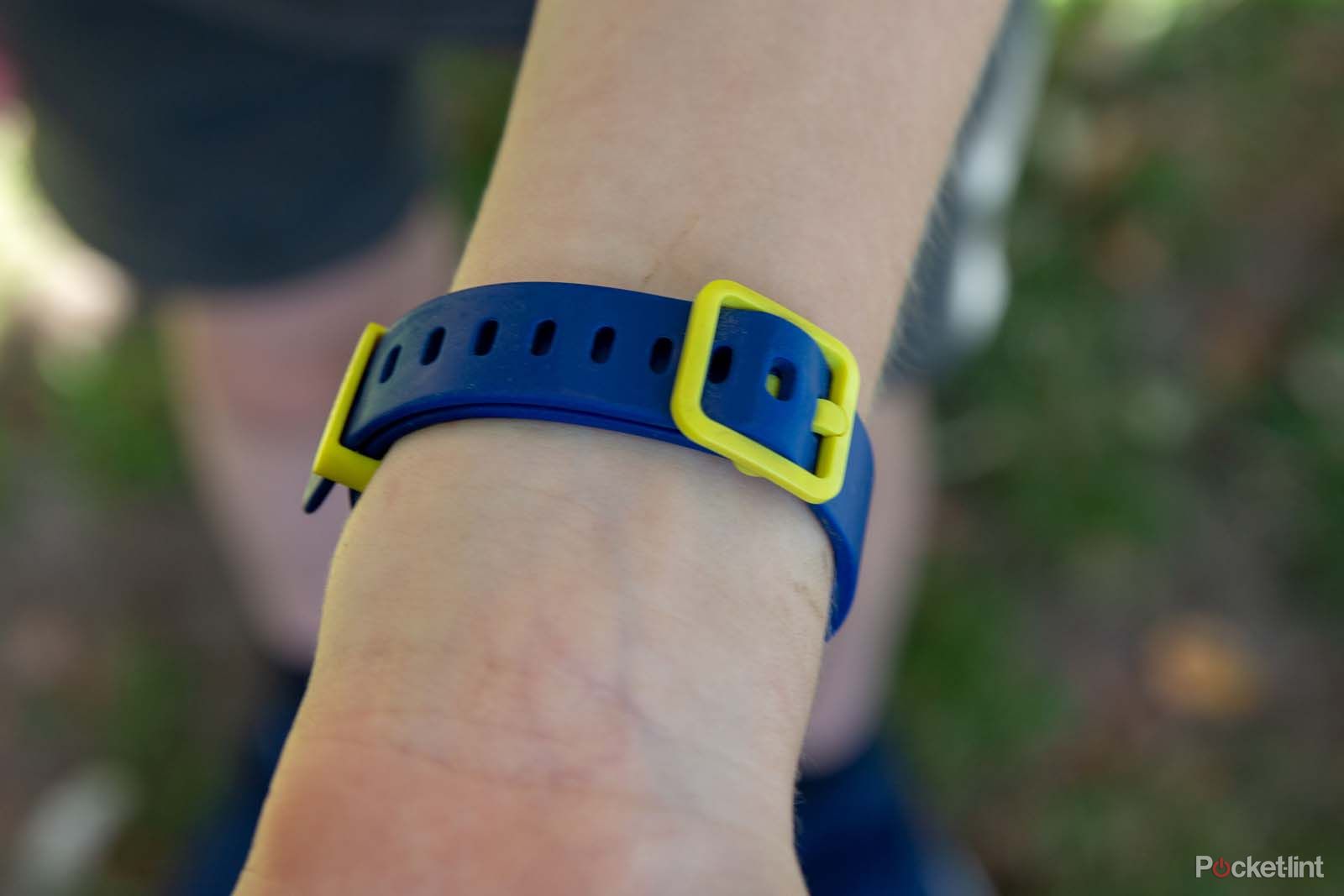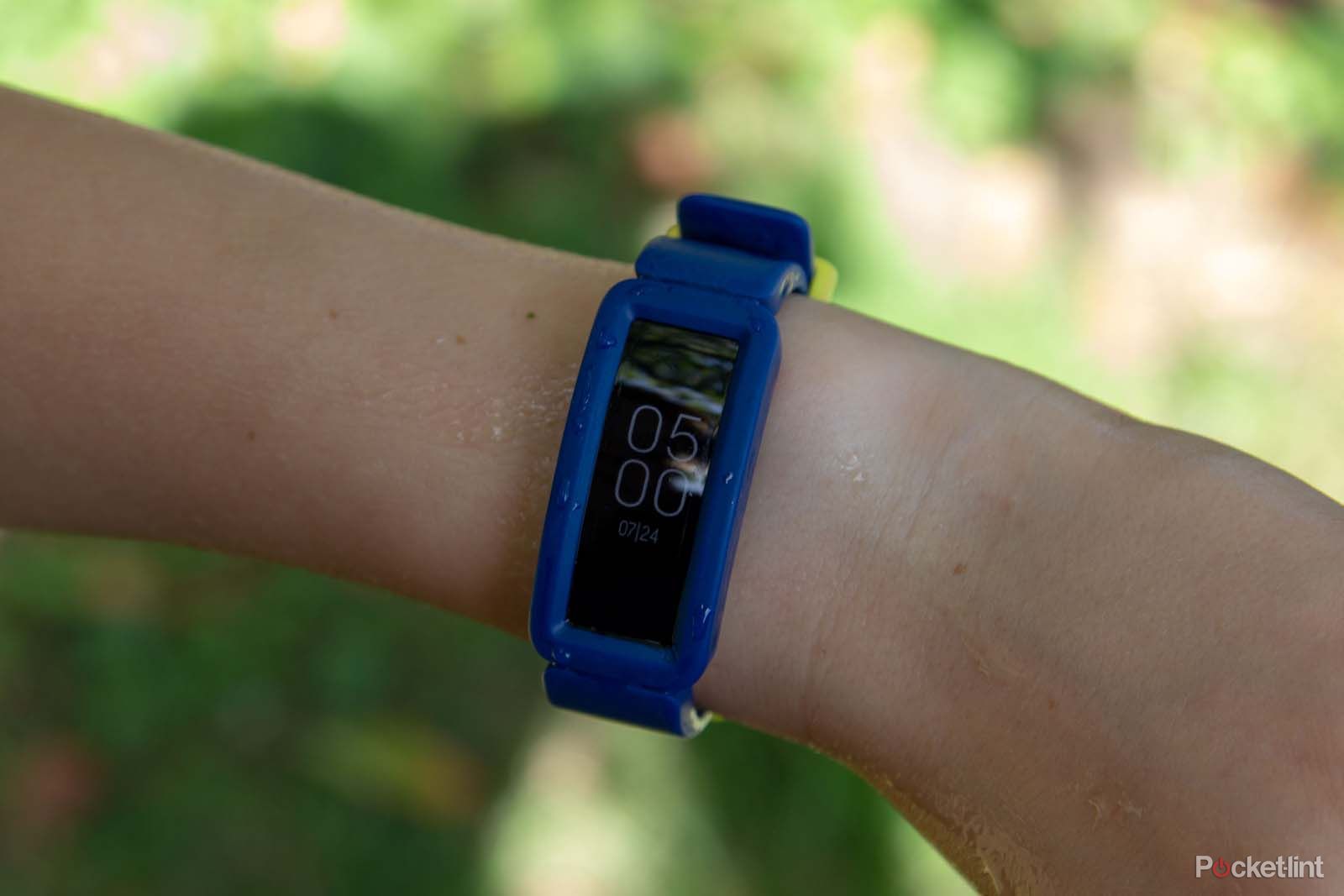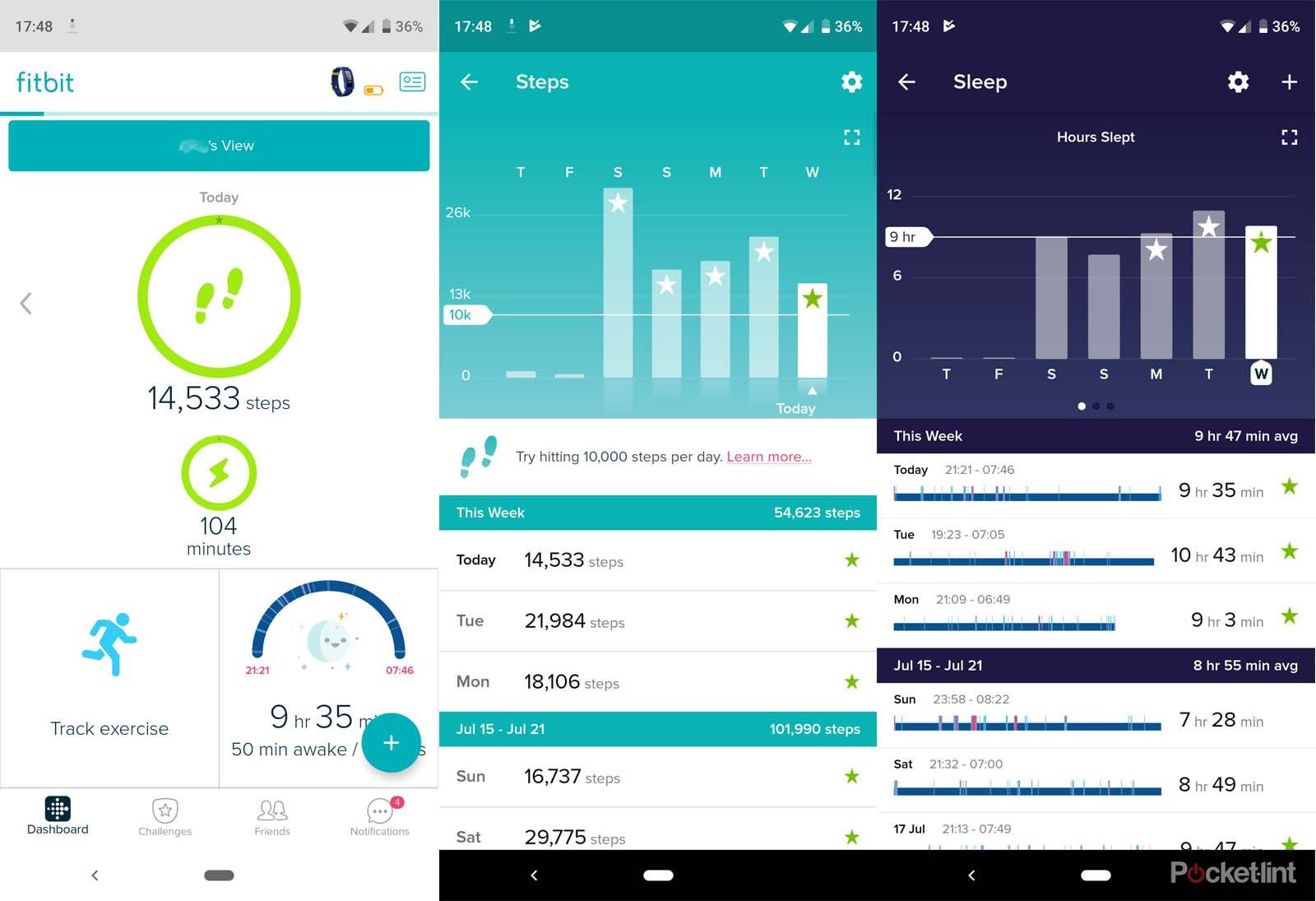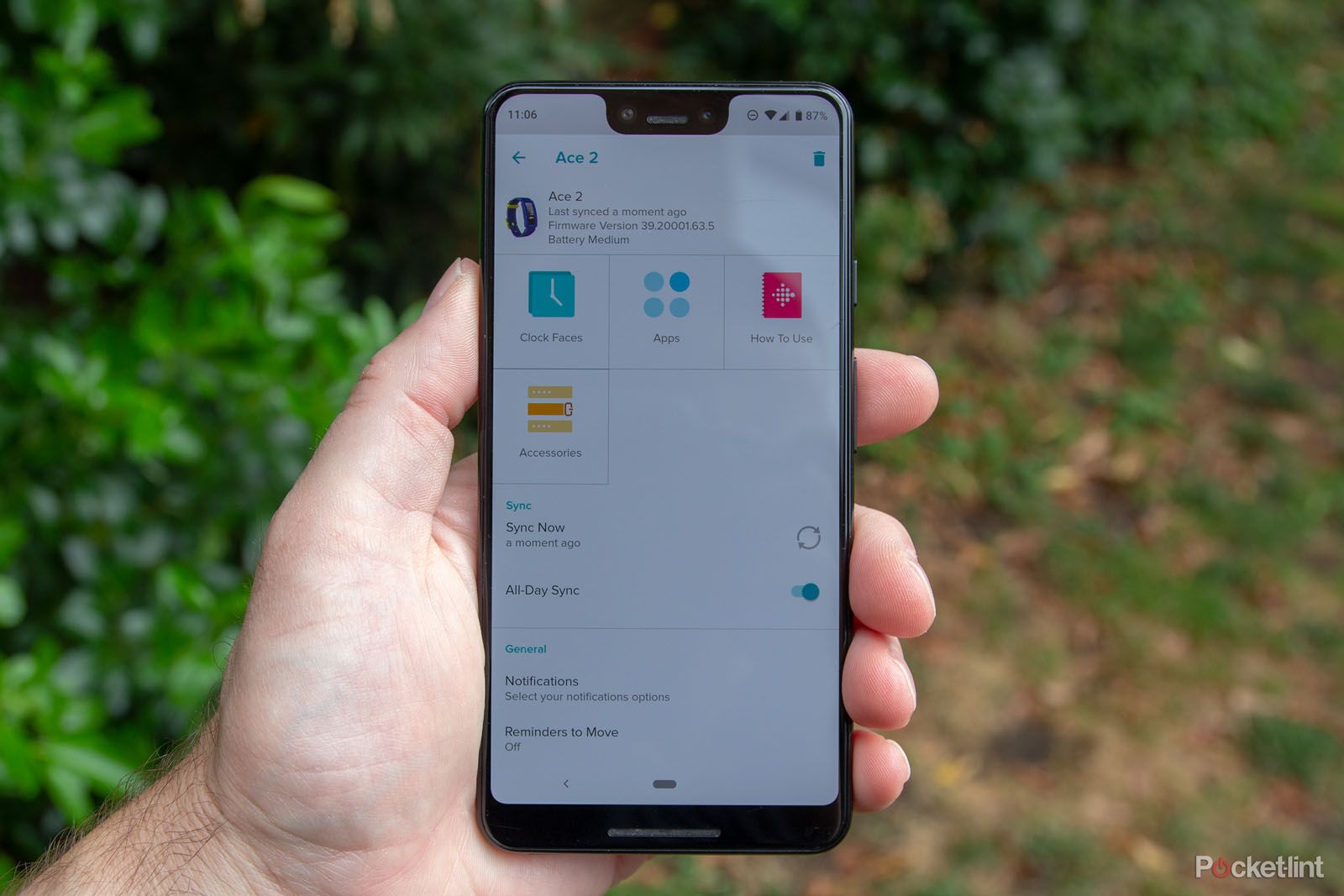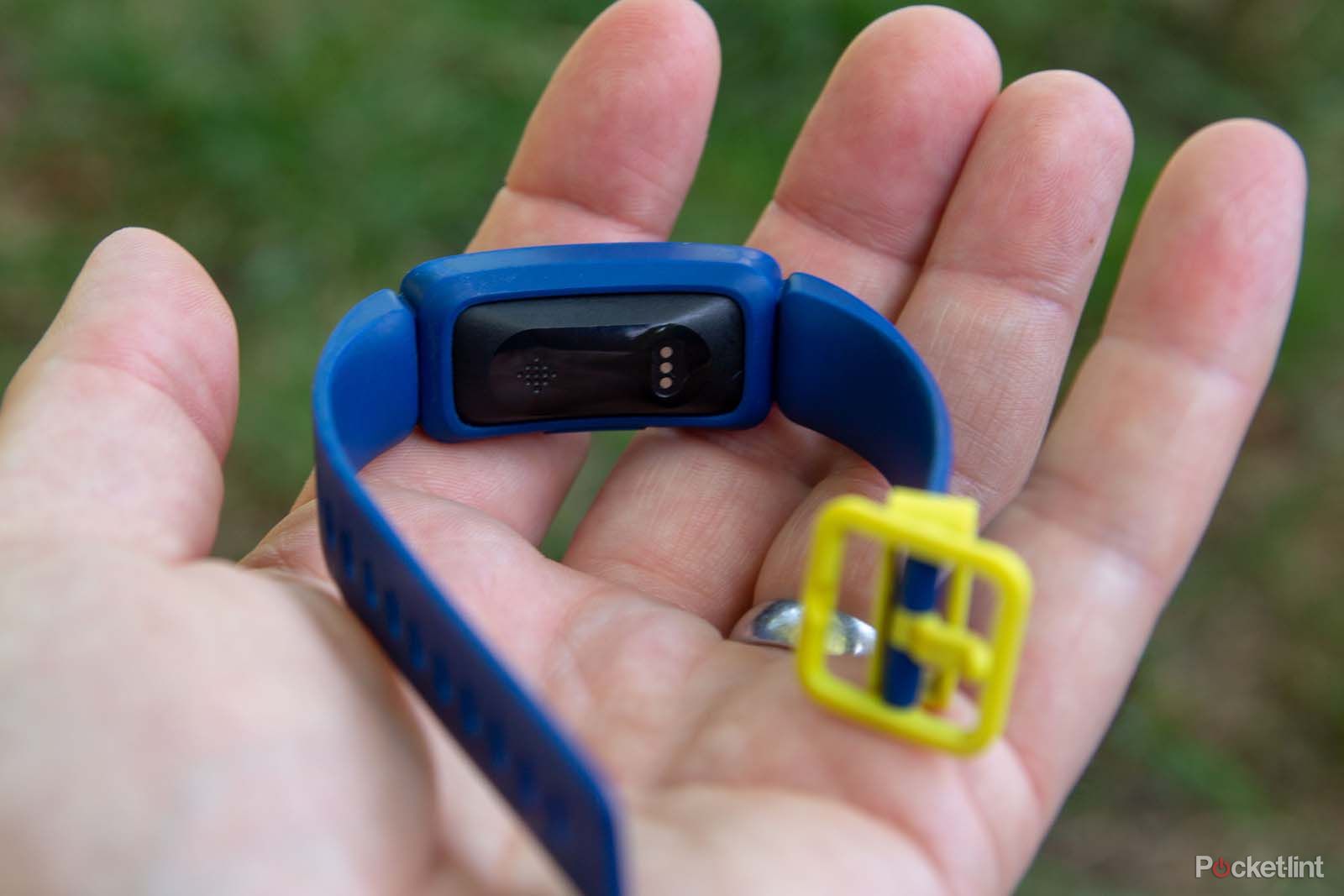Fitbit announced the Fitbit Ace in 2018 as it opened up a way to create a Fitbit family and control kid's devices, rather than requiring child users to have their own accounts.
The first device was a sort of miniaturised version of the Fitbit Alta. It was a device that wasn't without its problems, but gave Fitbit a way to rival Garmin's Vivofit Jr devices.
And now it's back for round two, in the Fitbit Ace 2.
Our quick take
Ultimately the Fitbit Ace 2 is a good evolution of the Ace. The new design protects it a little more, waterproofing is an important addition, it's more customisable and easier for younger children to put on and off - but that important sensor module could do with being a little more secure.
There are a range of new features that it offers to its child wearer, but the feature set is pretty much the same as it was in the original. That covers the basics, giving enough feedback to try to encourage activity and to give you a better idea of just how active your child is (or isn't).
The price makes the Fitbit Ace 2 look expensive compared to the recent influx of devices from companies like Xiaomi, but the idea is that you have the reassurance and familiarity of the Fitbit experience. As for the kids? They love it.
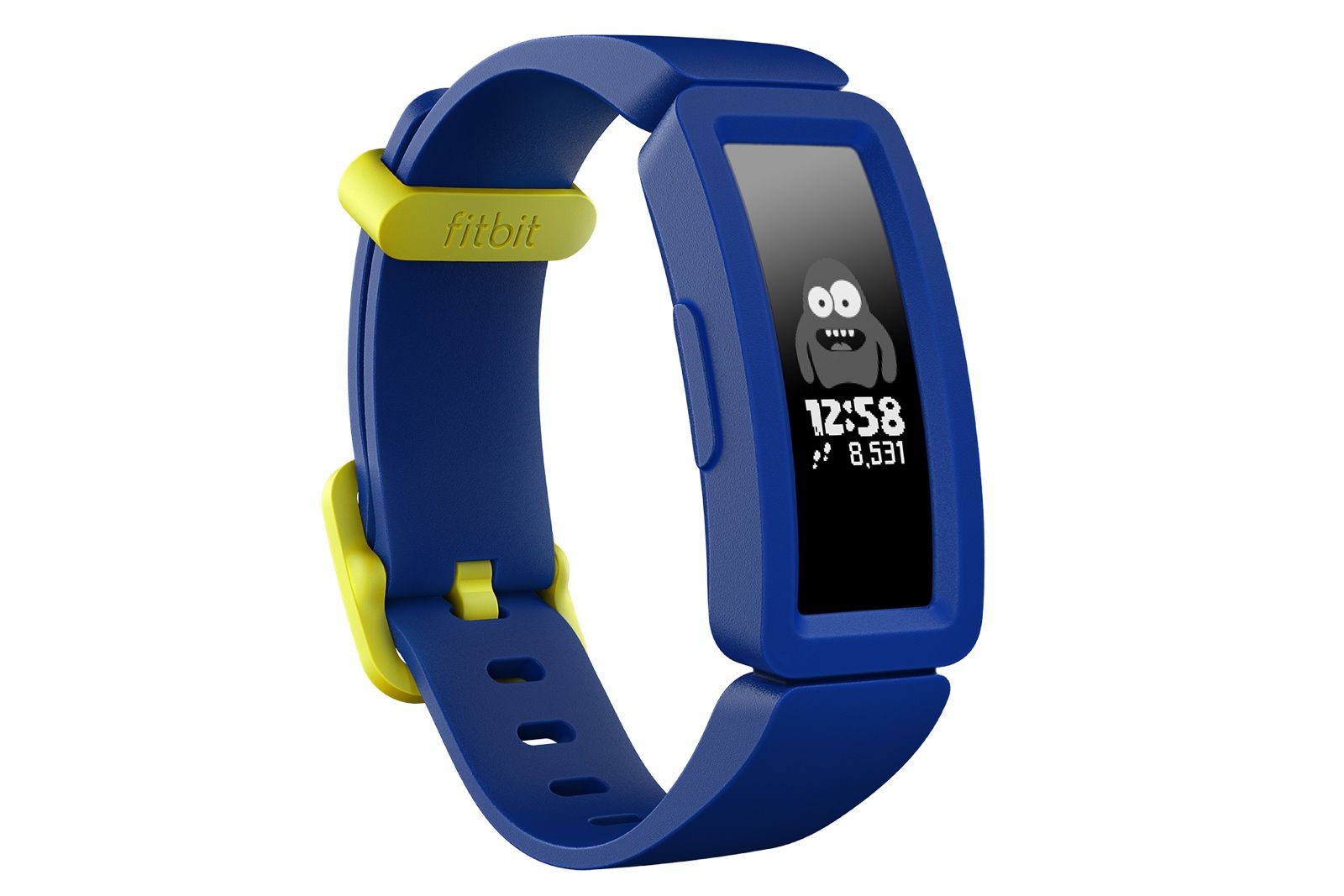
fitbit ace 2
Fitbit's latest kids tracker is an intuitive all-rounder that your child can keep for years.
- Bigger display does more
- Adds timer and stopwatch
- Waterproofing
- Strap easier to undo
- Parents stay in control
- Battery life should be longer
- Not securely fixed into strap
A change in design
- Separate tracking module and strap
- Water resistant to 50m
The big shift in design from the original Ace is separating the sensor module with the display from the strap - making the brains a separate piece, as it were. Previously the strap clipped to the body of the Ace, meaning there was little in the way of protection for the display - which was easily scratched.
The Fitbit Ace 2 encases the sensor module, with the rubber strap now wrapping over the front edges, meaning there's a little more protection from surfaces that might get scraped. That also results in a slightly more flexible strap, which is a little bit easier for little fingers to fasten.
The previous version worked well enough, but we found that a younger wearer struggled with the buckle, so tended to release the strap for removal. After about six months that lead to the plastic clip breaking and requiring a new strap - so this design is definitely a better arrangement from that angle.
However, there are now two pieces to consider and the strap doesn't really clip to the sensor module in any way - it just slots in. That means it's fairly easy to remove the central module. While this hasn't slipped out during normal wearing, if you undo the buckle and run around with it in your hand, that central module can come out - and children are likely to do such things. With that in mind, we're surprised that there's no Tile-like "find my Fitbit" feature on these devices.
So while the design is better placed to protect against scratches and is easier for younger users to put on and take off, there is the chance that you'll lose the brains of this device if you're not careful - it just feels like it needs to be more secure within the strap.
But there is a bigger piece to the design change: waterproofing. This will protect the Fitbit up to 50m depth, which basically means it's fine to wear it swimming or in the shower or in other activities where you might get wet. It's advisable to take it off however, because you'll want to wash both the strap and the arm that it's attached to.
Finally, there's now a button on it, used to turn the display on and off.
Tracking your kids' stats
- Step tracking
- Sleep tracking
- Active minutes
Fitbit has deliberately removed a number of elements from the tracking on the Ace devices. There's no mention of weight or calories, no heart rate or GPS, with the focus instead being on steps and activity.
The other side is sleep, which we've found kids to be fascinated in: steps happen to and from school, in the playground and during sports, but sleep, that's like an insight into another world - and we've found it easy to point out why they feel tired when looking at sleep tracking.
The kids we've attached the Fitbit Ace to are already active, often exceeding the recommended activity levels of 60 minutes a day. In some cases, they are returning 20,000 steps a day, double the figure that's recommended to adults as a minimum.
But what if you have a child who struggles to be as active as you might want them to be? The Fitbit Ace 2 isn't just designed to track those who are active, it's designed to be a motivator for those who need a little more encouragement. There are little customisation points, like being able to change the clock display to be a little more fun - a rocket taking off that shows how far through your steps goal you are, for example.
In isolation, motivating your child through a wearable device alone might not work - if your child isn't getting enough activity in their day, it's probably going to be down to an adult to encourage that. Most likely it's going to need something more than a message saying that they have achieved a step goal and family activity is likely the easiest way to do it.
The sense of community helps, however, with the ability to taunt other Fitbit "friends", as well as a number of challenges - which is similar to the way the adult Fitbit community can compete - albeit in a walled garden where all friends have to be approved by parents.
We've found the actual tracking to be fairly accurate too. The steps correlate to the sort of numbers taken during the day and the sleep comes close enough - although a quiet period on the sofa on an evening might appear as sleep when it actually isn't. For us that's good enough: this is about tracking basic stats for kids, it's not about sports performance, so that lack of more enhanced metrics really doesn't matter.
The larger display on the Ace 2 means it can offer a little more animation than the original Ace, so it's a bit more interesting for the child using it. There's also the addition of a timer and stopwatch, which for any budding athlete adds no end of fun - and it's easy to get a stopwatch running with a couple of taps. The clock is something that kids find really useful and there are also silent alarms that can be set, which is great for slightly older children who want a wake up alarm for school.
Parental control and the app
- iPhone or Android app
One of the things that marks the Ace 2 out as a kid's tracker is that it has to be setup on a parent's account. The idea is that because you are a Fitbit user, it's easiest to add your child to that existing account - and it also means that you're responsible, rather than the child having to setup an account, with an email address and anything else.
In an age where privacy and data control matters to people, leaving this in the basket of the parent feels like the right way to approach things - but it does mean a slightly complex setup where you have to access the kid's view, having initially signed into your account.
If you're dealing with a child who doesn't have a phone, then that's not such a problem - they'd be using your device to see the stats. But if you have a child who has their own phone then you'll have to login on that device with your account and switch to their view. To get out of that view you have to enter your Fitbit account password, so it's effectively locked to that section on the child's phone.
You'll also have to manage phone notifications, which are supported. If your child has their own phone, then being able to get a notification is perhaps useful. If it's synced to an adult's device, you'll need to make sure you turn notifications off - otherwise those messages coming from friends might appear on your child's Fitbit. We've found this to be a bit hit-and-miss on Android, eventually turning off notifications in the app, via the phone and on the Ace 2 to stop them appearing (we suspect that on iPhone it's easier to manage).
You can get weekly emails reporting your kid's performance and you can see these details in the app at any point, as long as the device has synced to a phone.
Battery life and charging
- 2-3 days of battery per charge
Fitbit says that you'll get up to five days of battery life from the Fitbit Ace 2, but also notes that if you have animations on the display it will use the battery up faster. In our experience using the Fitbit Ace 2 over the past few months, we've only got about three days maximum from it.
That's shorter than the original Fitbit Ace and it also uses a different charger - so if you happen to have one of one type and one of the other, then you'll need both chargers. It is pretty simple to charge though as it's now a magnetic connection on the rear.
To recap
A welcome refresh that's more appealing to children. We think the module should be more substantially held within the strap, but the addition of a more engaging display and waterproofing makes this a better device than the previous version.

